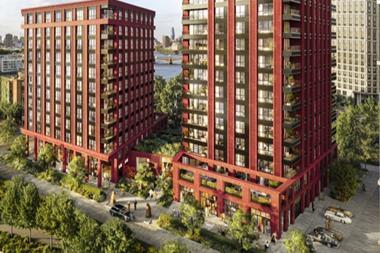FRANCE - Commercial real estate in France has emerged from a two-year slump to record a six-month 1.6% capital appreciation, according to Investment Property Databank (IPD).
The latest figures from the IPD French Bi-Annual Property index showed that over the two years to the end of 2009 French capital values declined by a cumulative 18%.
The depreciation was driven predominantly by yield expansion and, in the second half of last year, rental decline.
The trend was reversed in the first six months of 2010 as yields - the dominant influence on capital growth - began to compress again.
Initial yields compressed by 40 basis points on average to 6.1% at the end of the second quarter of the year, while market rents remained stable over the same period.
Income return over the six months to June decreased by 10 basis points to 3%.
Combined with capital growth, this helped deliver a six-month total return of 4.7%.
The 12-month change in capital values now stands at -0.4%.
The Bi-Annual index, which measures 1,480 commercial properties worth approximately €33.9bn, showed the strongest capital appreciation was located in the Paris central business district (CBD) and the West CBD, or La Défense district.
The former rose by 2.8% and the latter 2.7%, while values rose slower at 1.5% in other Paris office districts.
The French logistics sector continued to suffer, posting a 1.4% capital decline over the first half of 2010, while shopping centres were the most resilient, rising over the same period by 1.3%.
But yield compression returned to all segments, and market rents remained stable or rose slightly in all but two segments - logistics and other retail, where it fell by 1.2% and 0.4%, respectively.
Christian de Kerangal, managing director of IPD Southern Europe, said: "French property has finally turned the corner after a steep yield-driven capital re-pricing cycle, which has seen real estate shed a fifth off their values.
"Since mid-2009, we have seen quite a lot of cash-rich investors seeking to buy prime stock - properties in prime locations, with financially strong tenants on longer leases.
He added: "With demand outstripping supply in this part of the market, yields have reduced rapidly, re-emphasising the yield spread between prime and secondary properties.
"Indeed, while the re-pricing has run its course across the broad market, there could be some downward pressure on values among lower-quality properties still to come."












